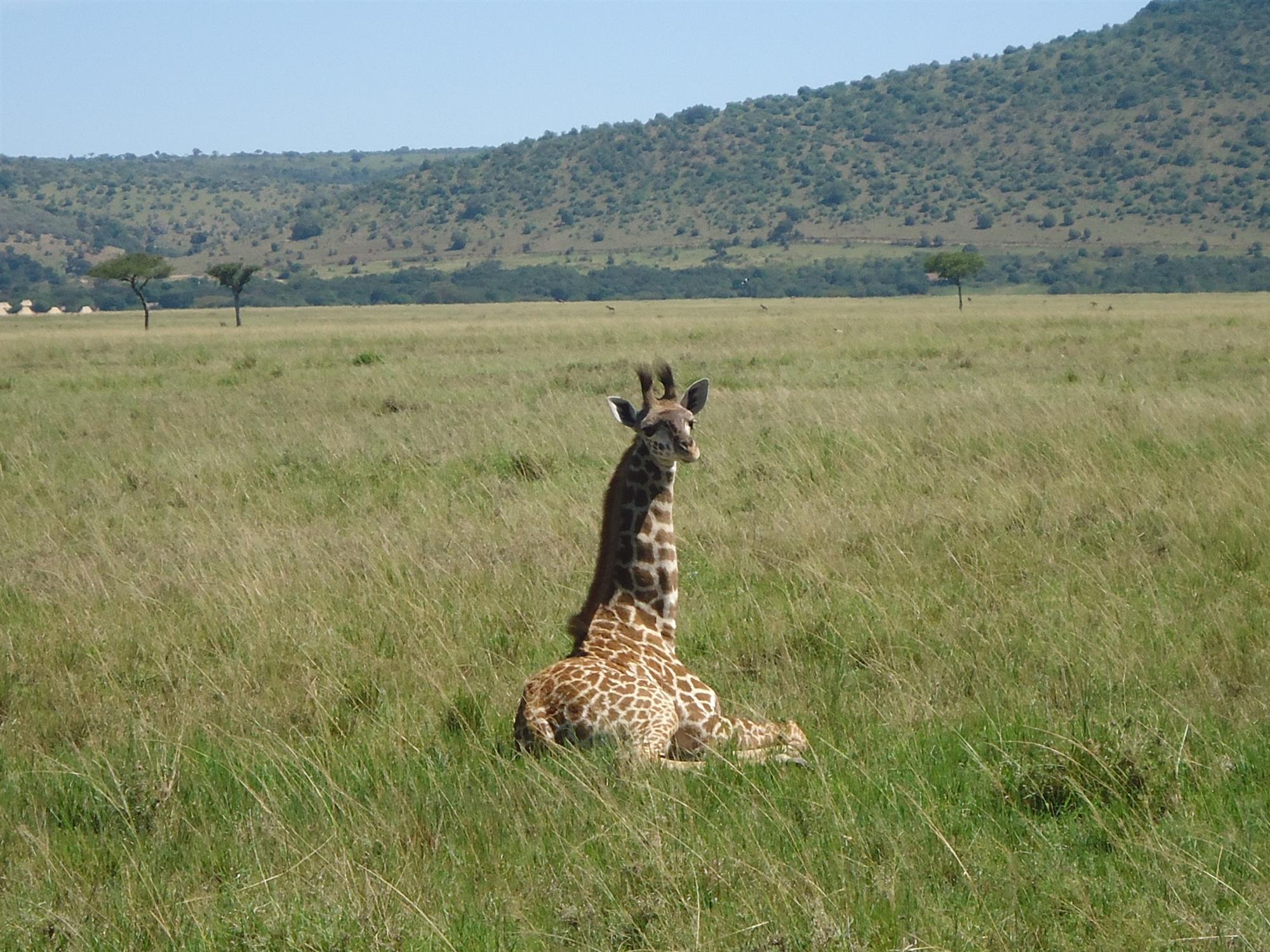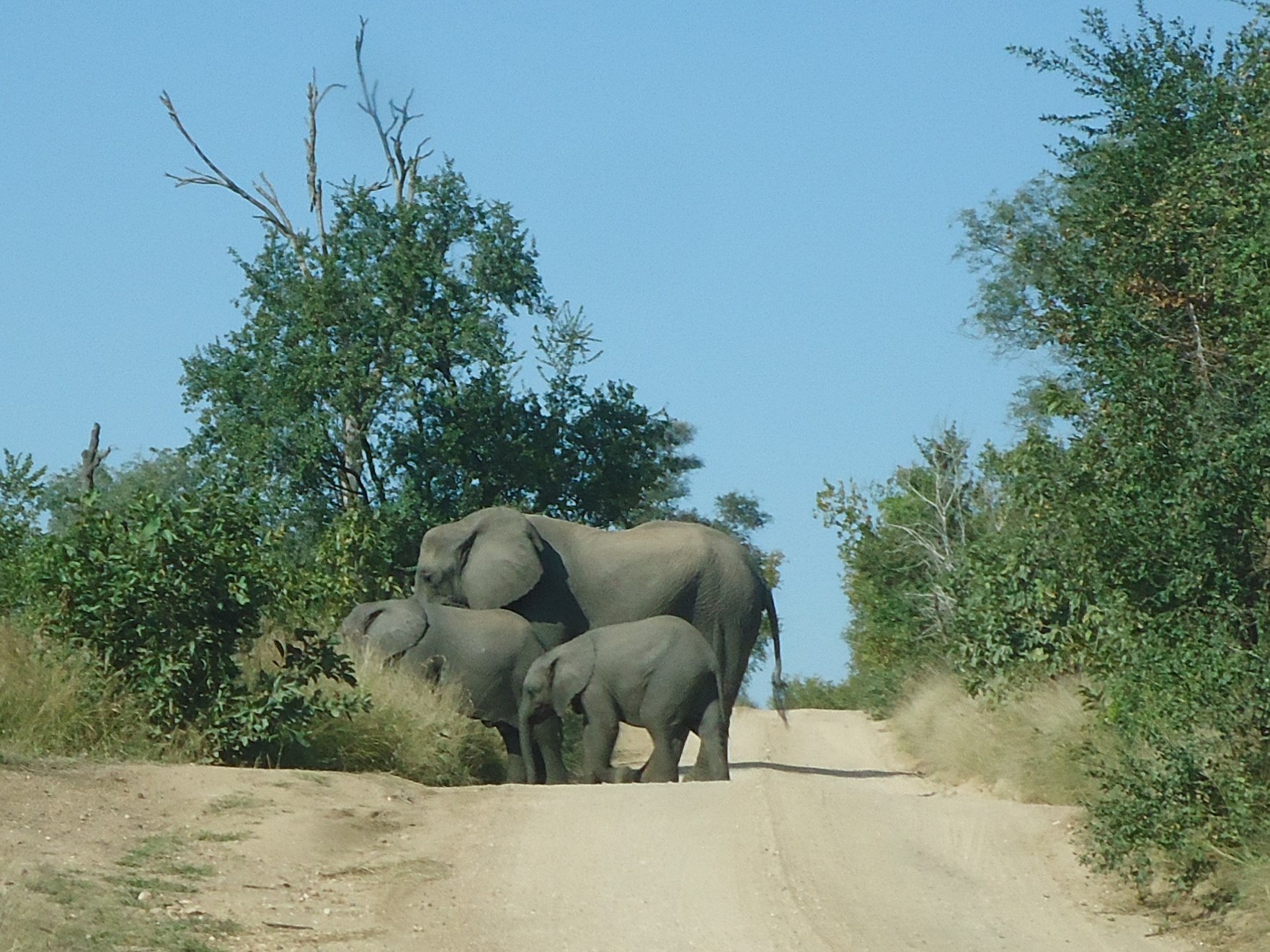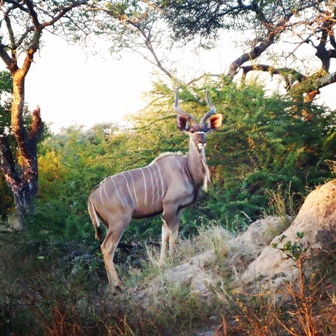Looking Back - Game Reserves & Sustainable Tourism
 |
In South Africa, The South Africa National Parks (SANParks) is the body responsible for managing the national parks in of which Kruger is the most popular game reserve. A quick comparison of SANParks annual report from 2004/05 and 2015/16 points out a steady increase in tourism over the decade.

It is interesting to note that the annual increase in absolute visitation in room nights and units sold has increased steadily but not at an alarming pace. However, the tourism revenue has increased by more than 5 times (over 16% year-on-year increase) pointing out to an effective strategy that can be adopted by national parks and overall by the lodging industry. Visitation to national parks cannot be a volume driven approach and hence the rate strategy is very important.
 The co-existence of Kruger National Park and the adjacent Greater Kruger National Park - GKNP (privately owned game reserves) offers a fitting example of a public-private association upholding the principles and values of conservation, sustainable land use and local community development. It simultaneously ensures free movement of animals across boundaries increasing grazing area, extending their natural habitat and by extension the potential gene pool. The private game reserves strictly governed by park entry rules offer exclusivity and uncrowded safaris, night drives, walking safaris and more luxurious accommodation setting it apart the experience in lodges in Kruger National Park (KNP). Together GKNP and KNP offer a wide range of choices, price points and experiences for travellers and wild life enthusiasts visiting from across the globe. Other key success elements are the number of domestic visitors and the amount of repeat guests that sustain year-round revenue inflows.
The co-existence of Kruger National Park and the adjacent Greater Kruger National Park - GKNP (privately owned game reserves) offers a fitting example of a public-private association upholding the principles and values of conservation, sustainable land use and local community development. It simultaneously ensures free movement of animals across boundaries increasing grazing area, extending their natural habitat and by extension the potential gene pool. The private game reserves strictly governed by park entry rules offer exclusivity and uncrowded safaris, night drives, walking safaris and more luxurious accommodation setting it apart the experience in lodges in Kruger National Park (KNP). Together GKNP and KNP offer a wide range of choices, price points and experiences for travellers and wild life enthusiasts visiting from across the globe. Other key success elements are the number of domestic visitors and the amount of repeat guests that sustain year-round revenue inflows.
Parks Entry Traffic and Fees
 |
The entry fees to parks are also a major tool to control park visitation. Park fees across Africa can vary from US$10 to US$80 per day. Governments and park authorities must use park fees to effectively manage the visitation across peak and low months of the year to manage expected/target visitation. Government in Kenya for example aims to promote Masai Mara as a high-end tourist destination focussing on ‘quality over quantity’ and has to that effect increased park entrance fees every few years (currently at 80$ for non-resident foreign tourists) to keep the quantum of tourists in check. Park entry fee for residents, however, is relatively low as US$12.
Accessibility is Key .JPG)
As travel patterns shift from one long holiday in a year towards multiple short trips, the accessibility of lodges (and the national park itself) from major cities or ports of entry is critical for the lodge industry. The availability of flights, maintenance of airstrips, national highways and motorable tracks within reserves are all crucial factors that impact seasonality in wild life destinations.Managing peaks and troughs
Marketing the wildlife destinations as year-round destinations (where applicable) is essential to ensure a steady and sustainable operation. Seasonality trends have been reducing for most developing markets as accessibility improves, however, showcasing the best of all seasons and managing non-peak occupancy/income through engaging repeat guests and price sensitive markets is essential in sustaining operations financially.Human Resources
Staffing in remote leisure locations without access to everyday city facilities is always a challenge. On site accommodation for a majority of the working staff is a very effective tool in retaining rangers and hospitality personnel. Additional facilities (recreational, canteen, creche) go a long way in ensuring low attrition. A 6-weeks on 2-weeks off policy for staff is the accepted norm at the better managed luxury wildlife lodges and ensuring work life balance is more than essential. From a development cost perspective, this means that in effect you are developing two hotels as the staff village is likely to accommodate an equal number of people as the guest accommodation, if not more, and will need access to resources such as a food store, water, electricity and recreational facilities of their own.Do you Stand Out?
Looking at the opportunity ahead
Travel trends are, to an increasing degree, not being carved by successful middle-aged or the retired wealthy but by the millennials who are looking for an ‘Authentic Experience’ not just comfort and luxury. Luxury travel is no longer about pampering and spoiling yourself at a hotel with a heated pool and Egyptian cotton sheets, it’s about ‘experiencing’ the world and moments that are social media worthy. The African safari experience and the excitement of spotting something natural and unexpected is unique and not available on every continent. The popularity of tourism in the plains of Serengeti, or the dotted landscape of Mara, the vastness of Kruger, the deltas and deserts of Botswana are examples of this trend. We anticipate this momentum to grow as tourism and connectivity in African wildlife destinations continues, presenting a strong investment potential for passionate developers/wildlife conservationists especially in upcoming wildlife destinations in Africa (reserves of Botswana, Namibia, Rwanda and Zambia among others).Bird’s Eye View
 Finding the optimum mix of facilities and accommodation types/numbers to maximise revenues while matching the available seats on safari vehicles for an “uncrowded” game drive experience is crucial for lodges especially at a higher positioning. Structuring the Concessions/land leases is a very important element and must be investigated as it can be an important factor in determining profitability and return on investment.
Finding the optimum mix of facilities and accommodation types/numbers to maximise revenues while matching the available seats on safari vehicles for an “uncrowded” game drive experience is crucial for lodges especially at a higher positioning. Structuring the Concessions/land leases is a very important element and must be investigated as it can be an important factor in determining profitability and return on investment.Factoring an incubation period is very important as these projects require strong funding and are usually not profitable in the initial years of operations.
Conclusion
Even as game reserves continue to fight the challenges of poaching and efforts are being made to ensure that tourism is secondary to conservation, it is important to educate and involve the travel community from across the globe into preserving the rich wildlife on the planet. Patronage from travellers can go a long way in ensuring the availability of resources for conservation, and hence, responsible tourism should be viewed as an important instrument in the preservation of wildlife reserves.Conservation & Tourism
As per the WWF’s Living Planet Report, the global populations of vertebrates have declined by 58% between 1970 and 2012 and without immediate intervention global wildlife populations could drop two-thirds by 2020. There are less than 98,000 giraffes left in the world (a 40% decline from the estimated 163,000 in 1985); the global rhino population is down to just 30,000 and the lion population is estimated to be less than 30,000 in Africa today. As per a recent study, the Cheetah population in the wild is down to just 7,100 from an estimated 14,000 in 1975 and a 100,000 a century ago. Most of these declines in populations have come about largely due to human activities and unless we invest into conservation we may well be the last generation to see some of this stunning wild life as it exists in the wild today.
Air connectivity to and within Africa is improving and more people are now travelling within their countries in Africa. The African game drives present a truly rewarding holiday and are likely to remain in high demand in future. With practical development costs and financial structures, you can help preserve some of the planets most valuable resources and build a high value asset with a return on your investment in the long run.



0 Comments
Success
It will be displayed once approved by an administrator.
Thank you.
Error